Exploring Creativity and Pedagogy Through Dramatic Play in Education
VerifiedAdded on 2023/06/05
|5
|908
|371
Essay
AI Summary
This essay delves into the profound impact of dramatic play on fostering creativity and overall development in young children. It begins by defining dramatic play and highlighting its significance as a platform for children to explore roles, express themselves, and develop essential skills. The essay then discusses the crucial role and importance of creativity in dramatic play, emphasizing its contribution to emotional, physical, and intellectual growth. Furthermore, it identifies specific pedagogical practices that educators can implement to enhance creativity in the field of dramatic play, such as encouraging pantomime, story creation, and character development. The essay underscores the importance of educators as facilitators of creativity and provides insights into effective strategies to promote imaginative expression and learning through play. The assignment is available on Desklib, a platform offering students access to past papers and solved assignments.
1 out of 5
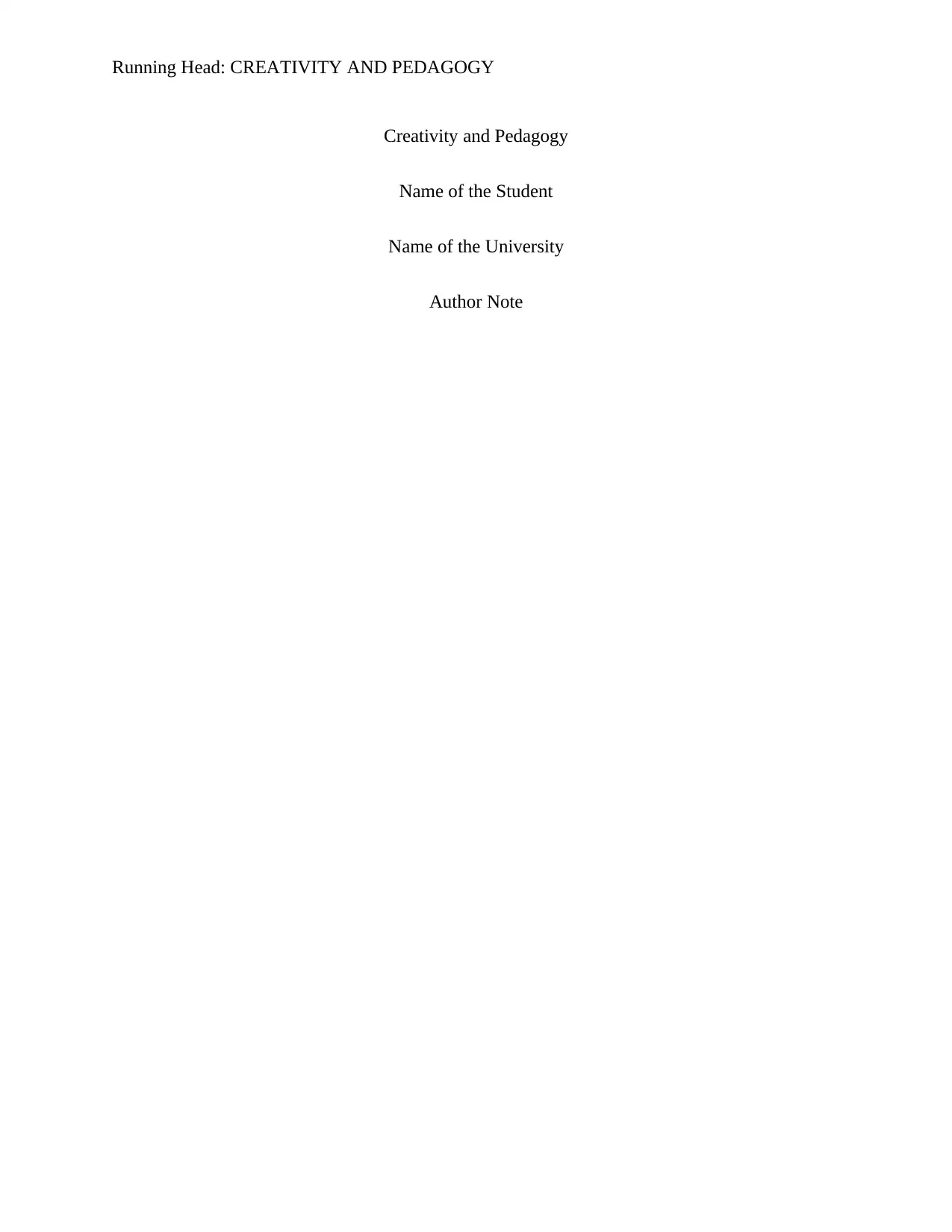
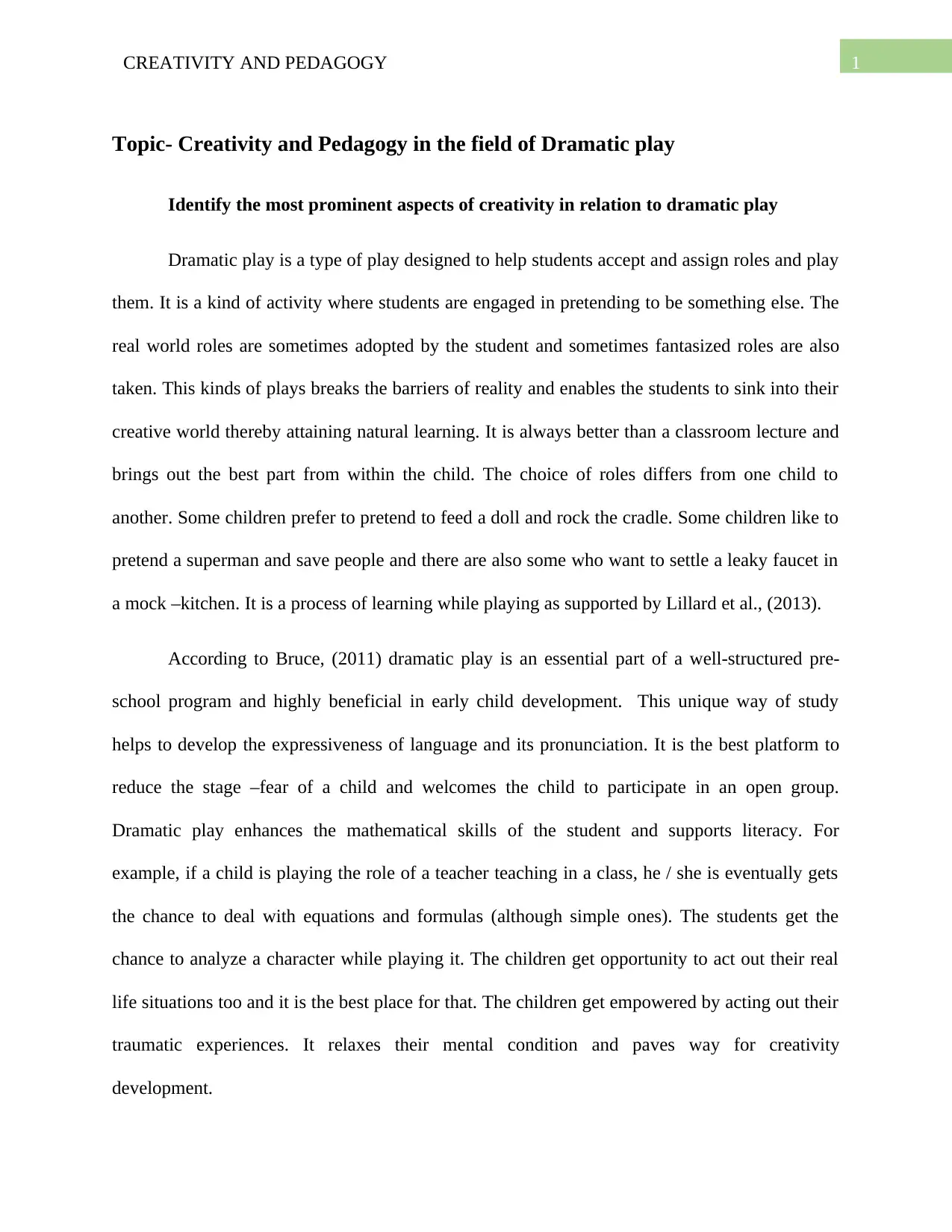
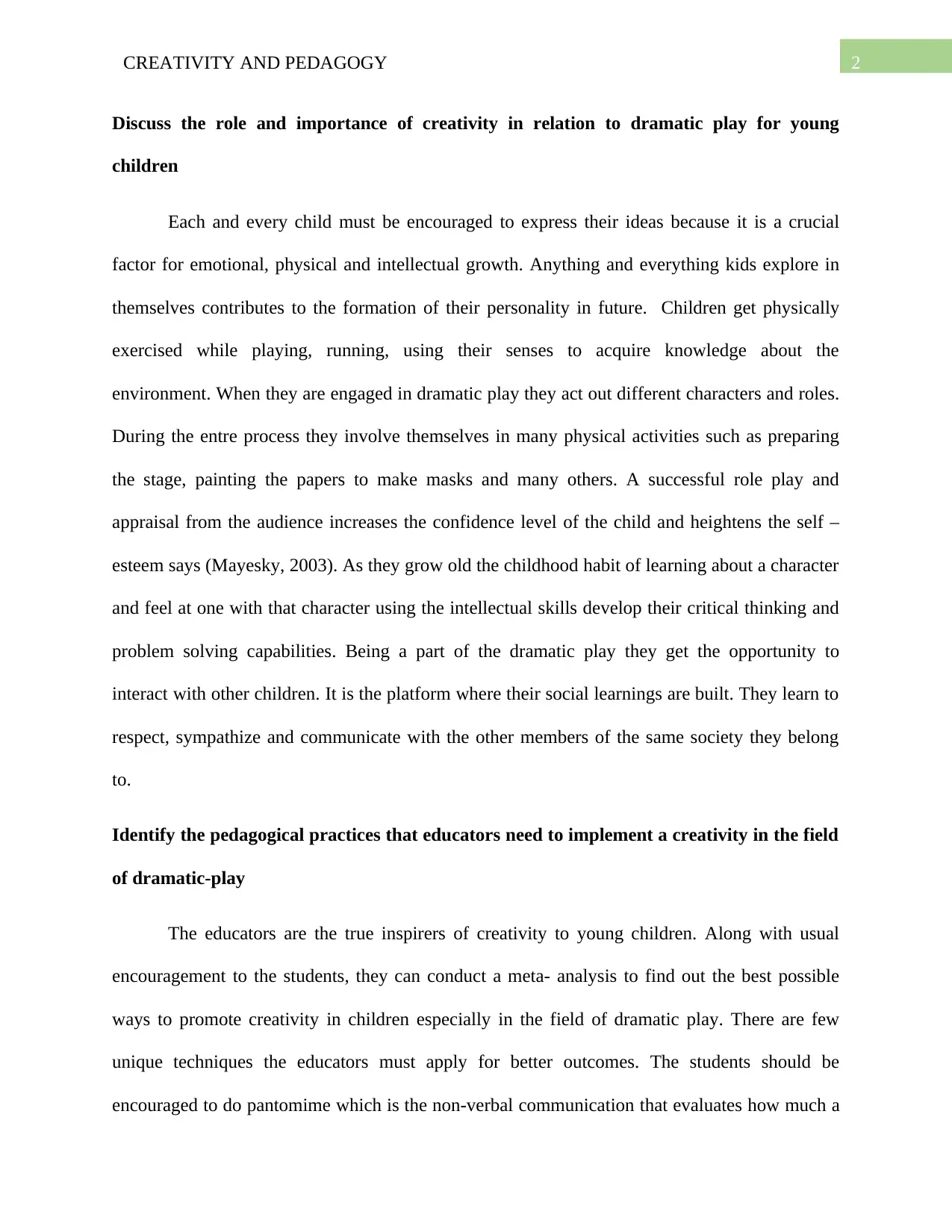

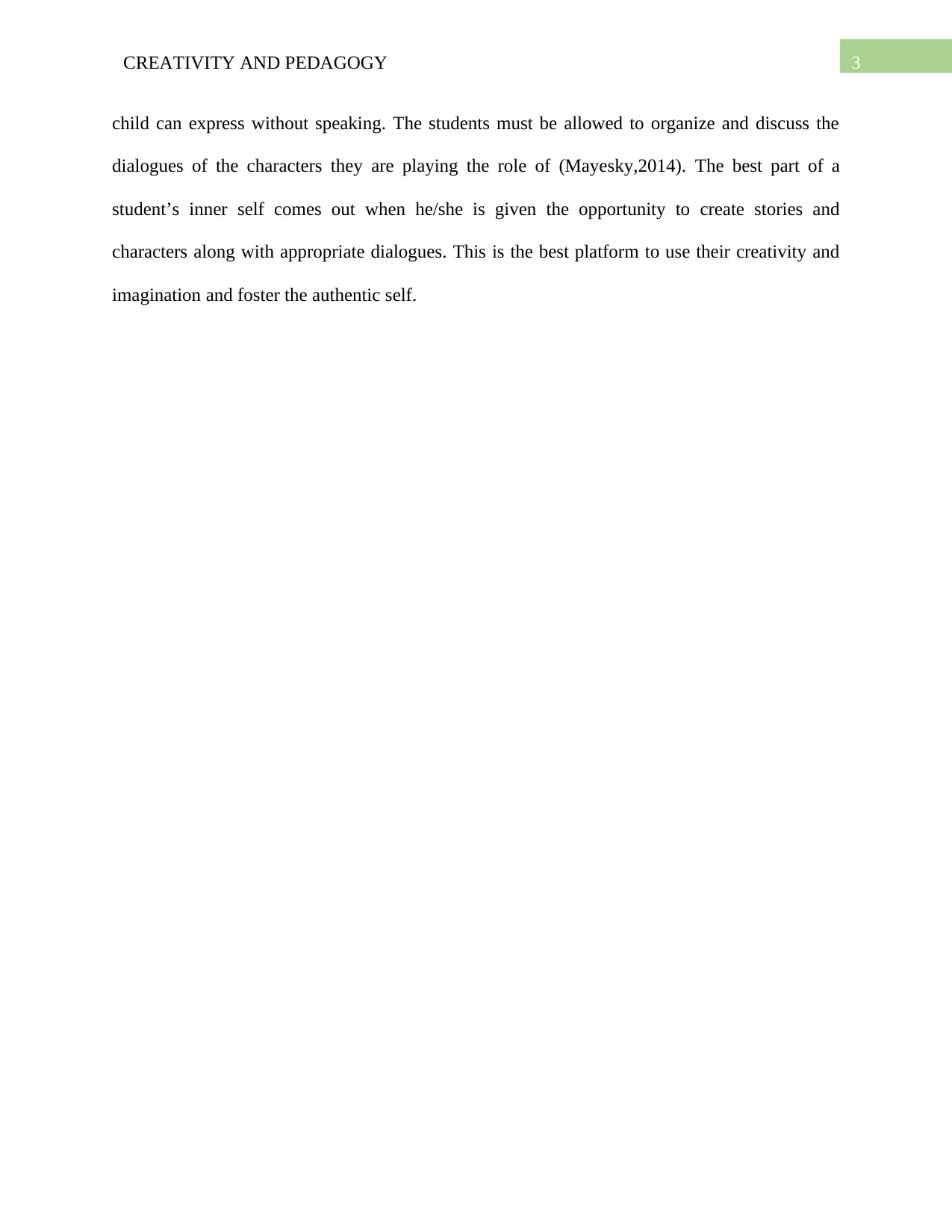
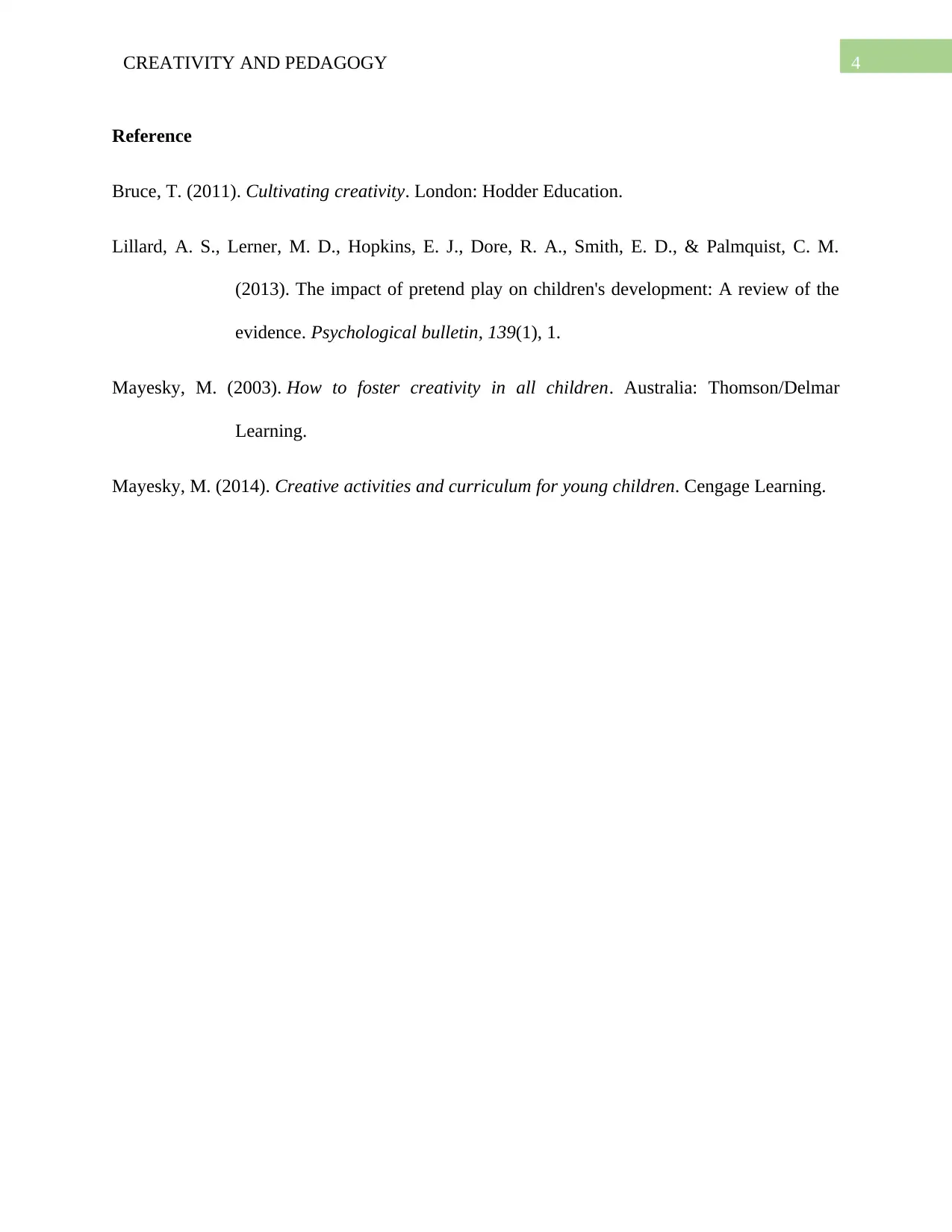






![[object Object]](/_next/static/media/star-bottom.7253800d.svg)